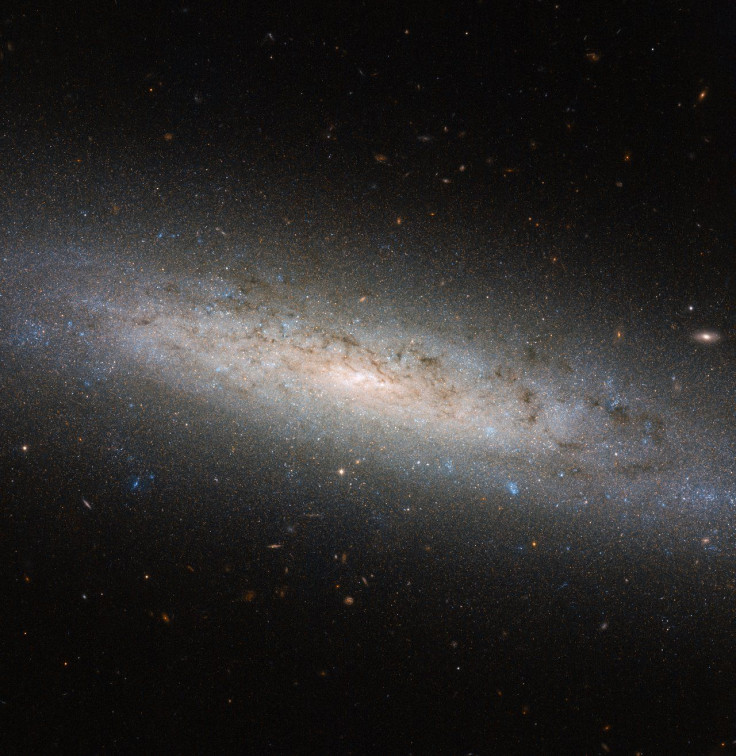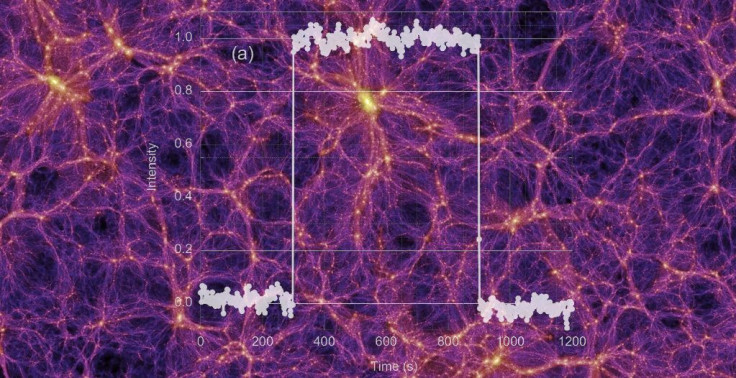Dark Matter Search Could Expand Into ‘Unexplored Realm’ With Proposed Particle Detector

Even though it cannot be seen or directly observed in any other way, the mysterious dark matter accounts for 85 percent of all the mass in the universe. Its presence is felt through its gravitational effect on other objects in space and generally keeping together the universe and the galaxies in it, which would otherwise — theoretically at least — be torn apart due to the dizzying speeds at which they rotate.
There are many theories about the nature of the elusive particles that make up dark matter, and almost as many experiments to try detect those particles. In a paper published Tuesday, the Department of Energy’s Lawrence Berkeley National Laboratory (Berkeley Lab) proposed a new design for a particle detector it said would expand the search for dark matter greatly, taking it “into an unexplored realm.”
Hunt for hypothesized particles called weakly interacting massive particles (WIMPs, the name given to theoretical dark matter particles heavier than protons) forms bulk of the search for dark matter, and “the new detector design could scan for dark matter signals at energies thousands of times lower than those measurable by more conventional WIMP detectors,” according to a Berkeley Lab statement Tuesday.
To achieve this degree of hypersensitivity, the researchers plan to use a new material in the proposed detector — crystals of gallium arsenide that have been doped with silicon and boron. When dark matter particles come into contact with atoms within the crystals, some electrons would get knocked off, and that would cause the crystals to emit light, or scintillate. This material also has no afterglow after the scintillation, which makes it a good choice for such experiments, since the afterglow can falsely signal dark matter detection.
Referring to the tiny mass of electrons, Stephen Derenzo, a physicist at Berkeley Lab and lead author of the study detailing the material’s properties, said in the statement: “It’s hard to imagine a better material for searching in this particular mass range. It ticks all of the boxes. We are always worried about a ‘Gotcha!’ or showstopper. But I have tried to think of some way this detector material can fail and I can’t.”

Like other detectors built to directly observe dark matter interactions with regular matter, this gallium arsenide crystal-based detector would also be built deep below the ground, so that it is unaffected by the constant bombardment of other particles that happens on Earth’s surface. At its underground location, the detector would be chilled to temperatures close to absolute zero for it to work, and would also include sensitive light detectors to catch the few infrared photons emitted by the crystals.
Dark matter constitutes over 25 percent of the total mass-energy in the universe, while another 70 percent is dark energy. The visible universe, including all the galaxies, stars, black holes, planets, moons and other objects we can observe, add up to less than 5 percent.
The open-access paper, titled "Cryogenic scintillation properties of n-type GaAs for the direct detection of MeV/c2 dark matter,” appeared online in the Journal of Applied Physics.
© Copyright IBTimes 2024. All rights reserved.




















